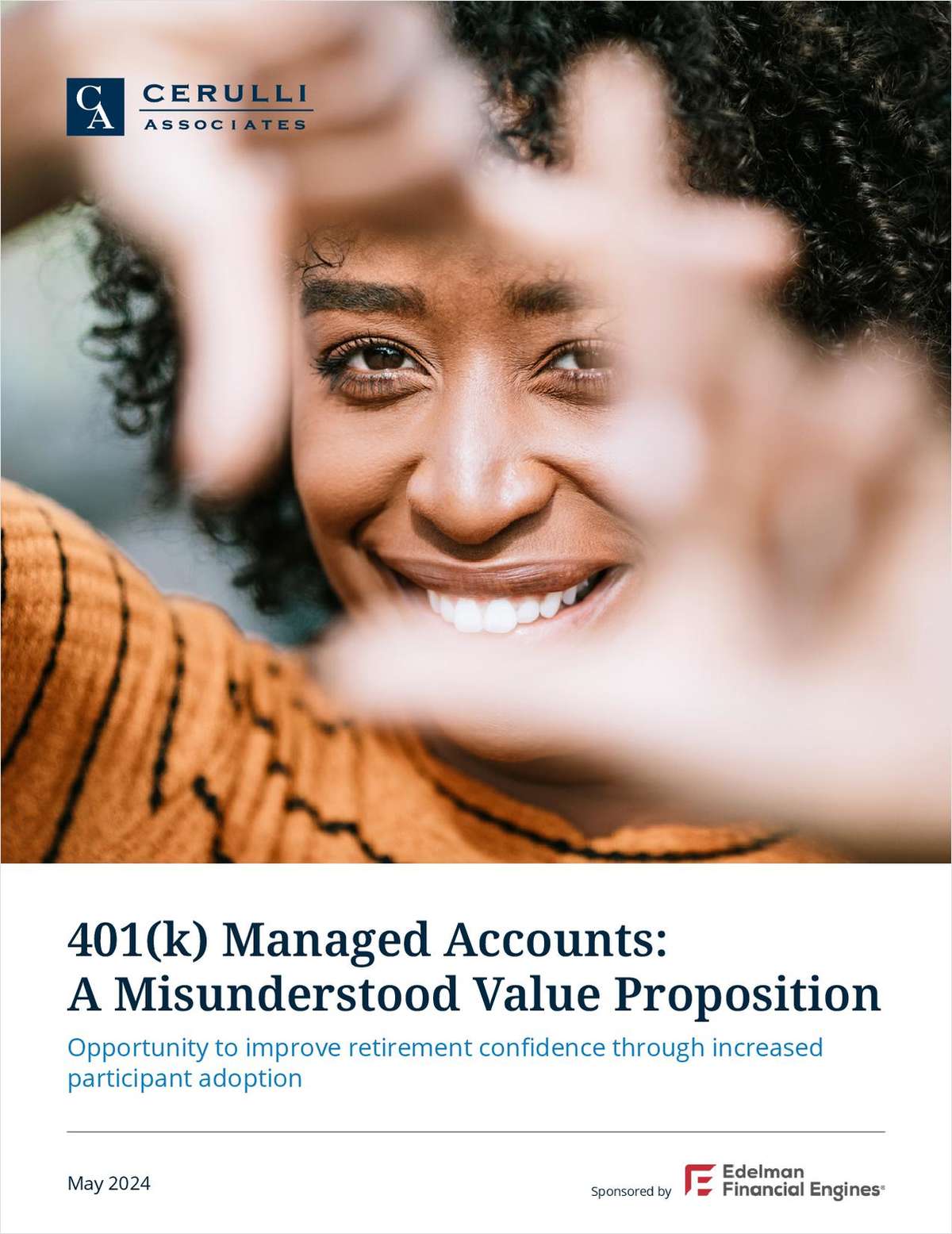With all the chatter about the intricacies of Social Security claiming strategies, one thing to remember is that one size really doesn't fit all when it comes to deciding when, and how, to claim benefits. A new analysis by Social Security Choices makes that point loud and clear.
According to Social Security Choices, merely delaying one's claim to benefits will certainly up the ante, but perhaps not enough to make it worthwhile.
Also read: Social Security expertise in short supply
Continue Reading for Free
Register and gain access to:
- Breaking benefits news and analysis, on-site and via our newsletters and custom alerts
- Educational webcasts, white papers, and ebooks from industry thought leaders
- Critical converage of the property casualty insurance and financial advisory markets on our other ALM sites, PropertyCasualty360 and ThinkAdvisor
Already have an account? Sign In Now
© 2024 ALM Global, LLC, All Rights Reserved. Request academic re-use from www.copyright.com. All other uses, submit a request to [email protected]. For more information visit Asset & Logo Licensing.








